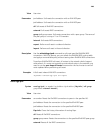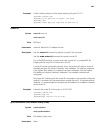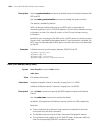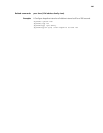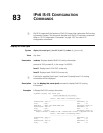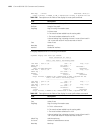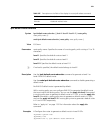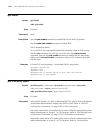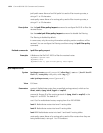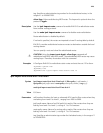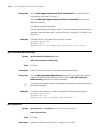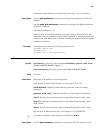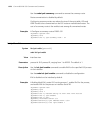
1271
ipv6 default-route-advertise
Syntax ipv6 default-route-advertise [[level-1 | level-2 | level-1-2 ] | route-policy
route-policy-name ]*
undo ipv6 default-route-advertise [ route-policy route-policy-name ]
View IS-IS view
Parameters route-policy-name: Specifies the name of a routing policy with a string of 1 to 19
characters.
level-1: Specifies the default route as Level-1.
level-2: Specifies the default route as Level-2.
level-1-2: Specifies the default route as Level-1-2.
n
If no level is specified, the default route belongs to Level-2.
Description Use the
ipv6 default-route-advertise command to generate a Level-1 or
Level-2 IPv6 IS-IS default route.
Use the
undo ipv6 default-route-advertise command to disable generating a
default route.
No IPv6 IS-IS default route is generated by default.
With a routing policy, you can configure IPv6 IS-IS to generate the default route
that must match the routing policy. You can use the apply isis level-1 command
in routing policy view to generate a default route in L1 LSPs, or use the apply isis
level-2 command in routing policy view to generate a default route in L2 LSPs,
and use the apply isis level-1-2 in routing policy view to generate a default route
in L1 and L2 LSPs respectively.
Refer to “apply isis” on page 1191 for information about the apply isis
command.
Examples # Configure the router to generate a default route in Level-2 LSPs.
<Sysname> system-view
[Sysname] isis
[Sysname-isis-1] ipv6 default-route-advertise
Interface Outbound interface
ExitIndex Outbound interface index
Table 297 Description on the fields of the display isis route ipv6 verbose command
Field Description



